
views
Make a Monitor Detectable with Hardware Fixes

Make sure the monitor is plugged in. If it is plugged in, that outlet might not be sending enough power to the monitor, so it does not work. Use another outlet if possible.
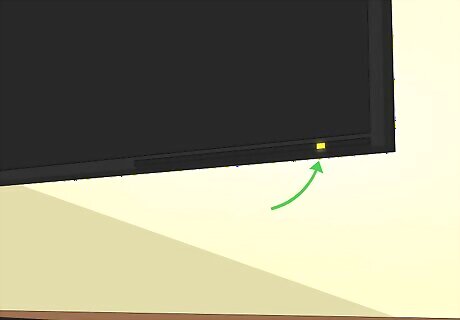
Make sure the monitor is turned on. Most monitors have LED indicators so you can easily tell if it's on or not.
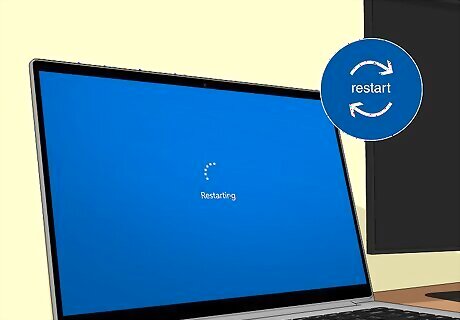
Restart your computer. This might seem too simple to work, but restarting effectively gets rid of any glitches that can prevent your system from detecting the other monitor. Just doing a restart might fix your problem!
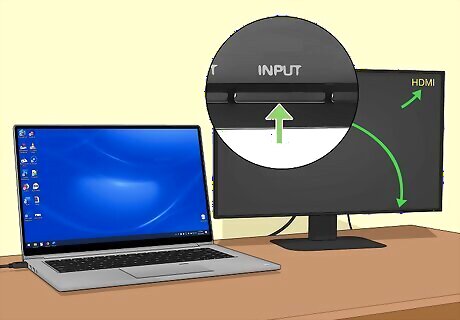
Check the input source on the monitor. The screen may be black if you have HDMI 2 selected when you actually have a DisplayPort cable plugged in. Use your monitor's "Input" button to cycle through the input channels.

Inspect the cables. Any damaged cables may prevent your monitor from turning on or receiving signals. Look for any exposed wires, extreme kinks or bends, or frayed ends. Replace any damaged cables with new ones. A bent pin can cause your computer to fail to detect the second monitor.
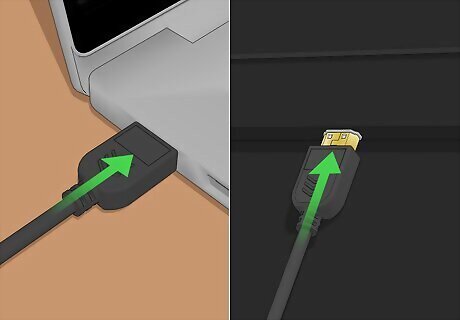
Reconnect all cables. You want to make sure they are securely connected. Loose connections can be the source of the issue. Unplug the cables. Wait 60 seconds. Connect them firmly at both ends.

Check the cable's requirements. Your monitor may reference using specific connections, like an HDMI 2.0/2.1 cable or a DisplayPort 1.4 cable. The user manual with your monitor should specify which cable to use, but you can also do a quick search online. HDMI delivers HD and 4 K video with high frame rates, but DisplayPort cables usually have a higher bandwidth. Check out this wikiHow article for more.

Try different ports. There's a chance that the port you're using is damaged and not receiving a signal. In this case, plugging in the cable connected to your monitor to another port on your computer is the best bet.

Try the monitor with another computer. If you've tried everything so far and are still unable to get your monitor working with your computer, you should try it on another one. This will let you know if there is a problem with your computer or if the monitor is dead. If another computer can detect the monitor, the issue is with your computer. Continue reading to further troubleshoot it! In case another computer cannot detect your monitor, the external monitor is the problem. It may need a new power adapter, or it might be dead.

Disconnect all peripheral devices and try again. Anything that's plugged into your computer, like printers, USB drives, and cameras, can obstruct the process for your computer to detect your monitor. Remove the conflicting devices, and your monitor should work!
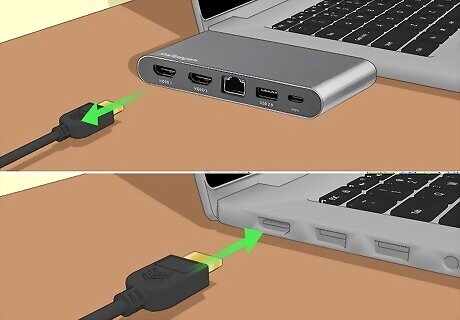
Connect directly (if you have a dock). While docking stations are great for those with multiple devices, it might be preventing the computer from using your monitor. Fix this by plugging your monitor directly into your computer.
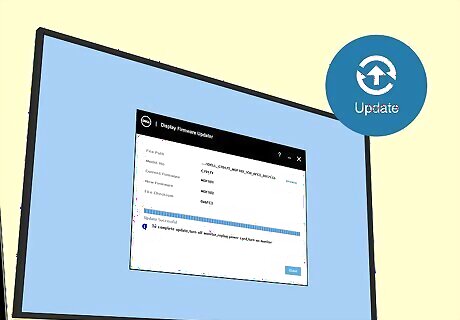
Update your monitor's firmware. Outdated firmware can cause a lot of issues, including not working with a computer as a second monitor. To fix this, check your manufacturer's website for firmware updates.
Make a Monitor Detectable with Software Fixes

Manually detect the monitor.. Follow these steps to do so: Open Settings. Go to System > Display > Detect. If you're using Windows 11, select "Multiple displays" to open the menu and see Detect. This option won't be available if you only have 1 monitor connected.
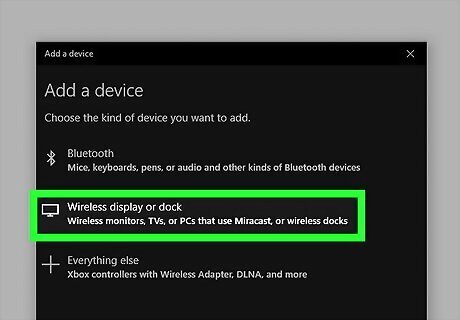
Connect wirelessly. You might be able to connect wirelessly (if your monitor supports it) to avoid any cable confusion. Here's how to do it: Windows 10: Turn on Bluetooth, then go to Settings > Devices > Bluetooth & other devices > Add Bluetooth or other device > Wireless display or dock > and click your monitor. Windows 11: Turn on Bluetooth, then go to Settings > System > Projecting to this PC > Optional features > View features > Wireless Display > Next. Then press Win + K and select the monitor.
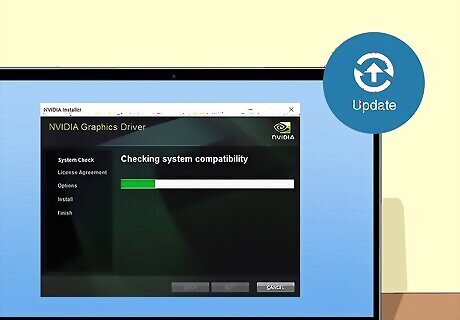
Update your graphics driver. This might be outdated, which prevents your second monitor from working properly. Fix this by updating through Windows Update. Your monitor may come with a suite that helps you do this as well, which is more popular with certain brands, including NVIDIA, AMD, and Intel. Windows Update might not have the latest version, so you might need to use the software suite to update your graphics drivers. Here are links to their software suites: Intel Driver & Support Assistance NVIDIA GeForce Experience AMD Radeon Software Adrenaline Edition
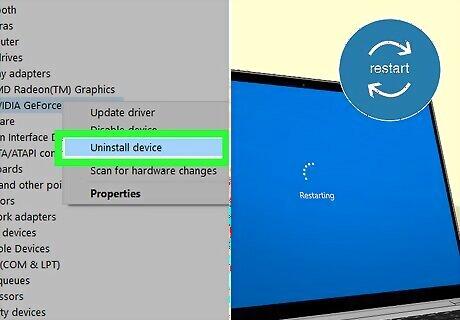
Reinstall your graphics driver. The current installation can be corrupted, which can also prevent your monitor from working. Fix this by going to Device Manager, finding your graphics driver, right-clicking it, and selecting Uninstall device. Restart your computer, and Windows should automatically reinstall it. If not, run an update to reinstall the missing driver.
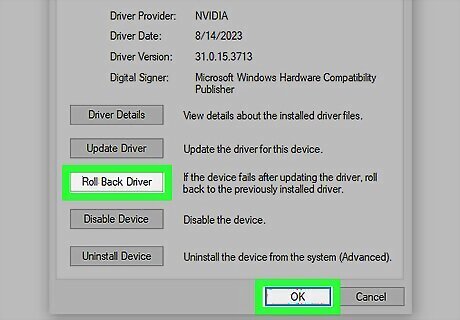
Roll back a driver update. If your monitor has been working until an update, you might be able to roll it back so you can use your second monitor again. Follow these steps to do this: Open Device Manager Locate your graphics driver under the "Display adapters" header. Right-click it and select Properties. Click Roll Back Driver from the Drivers tab. Click YES when prompted. Restart your computer.















Comments
0 comment